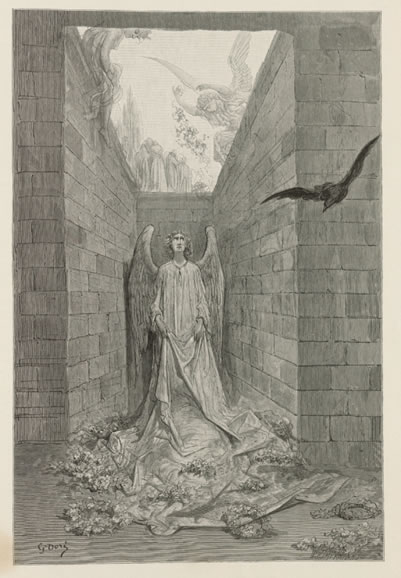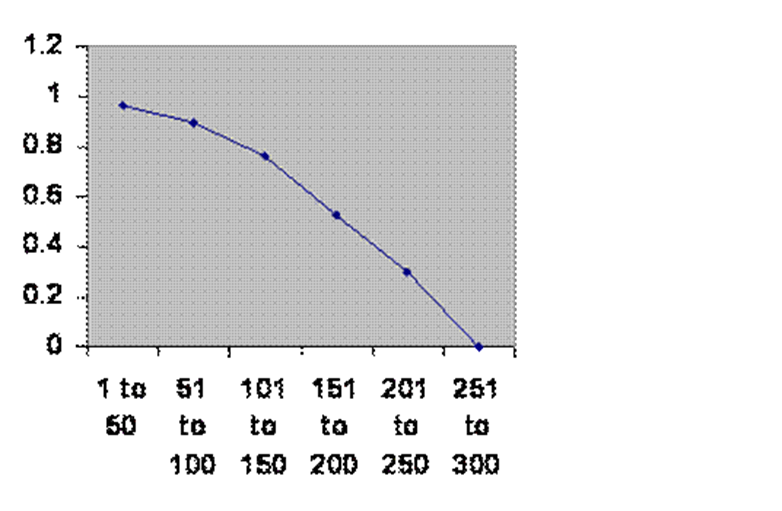
Dore “Raven”
https://hyperallergic.com/102457/rediscovering-the-dark-splendor-of-gustave-dore-with-edgar-allan-poe/ downloaded Feb 18, 2018
It is the 13 of March, 2018. In the last talk I was giving data on voles, how vole populations in Europe often follow a stereotyped pattern of damped oscillation over time. This pattern has been seen in the lab with fruit flies, in a computer simulation and now in the wild. However, in all my wanders I have never seen it reported in humans. I imagine it happens but has never been noticed.
One things humans do notice is when an empire falls. A civilization reaches a certain degree of development, and then barbarians sweep in killing, looting and burning so that the language and culture are extinguished or else another civilization comes in and does the same thing.
But think about that for a moment. The original civilization has food, transportation and a standing army. It is said that in a battle the attacking force needs a ten to one advantage. But for an invasion at a distance things are even worse. Food, weapons and discipline must be maintained and brought along in an orderly way. Defections must be minimal. Sanitation and health are important, likely more important than victory in the field. All this should not succeed often, yet it does with regularity. How is that possible?
One kind of data that can be amassed with reasonable confidence turns out to be the dates of the collapses; a lot of things change: the language, the religion, the government and so forth. What I have done was to look at the dates in lower Mesopotamia, Iraq. (My knowledge of Syria in upper Mesopotamia is not adequate.) I got together how many years (broken into 50 year intervals) each civilization survived. Then I calculated how many survived fifty years, how many survived from between 50 and 100 years and so forth. Then I calculated the chance of making it 50 years, the chance the survivors had of making it to 100 years, now their chance of lasting to 150 years and so forth. I present it as a graph. If you have tears, prepare to shed them. I did make one tweak. The Ottoman Empire was ruled by an autocrat. But it was a lot of work, so he appointed a vizier to do the usual business. Beneath him, in early years, were a group of slaves, the Janissaries, recruited from the Balkans. The were the elite soldiers, the administrators and generally made things work. But the supply of them ran out after many years and from then on they became a hereditary class. I count that as being two empires, although nominally they were the same empire.
Chance of surviving the next 50 years is on vertical axis
